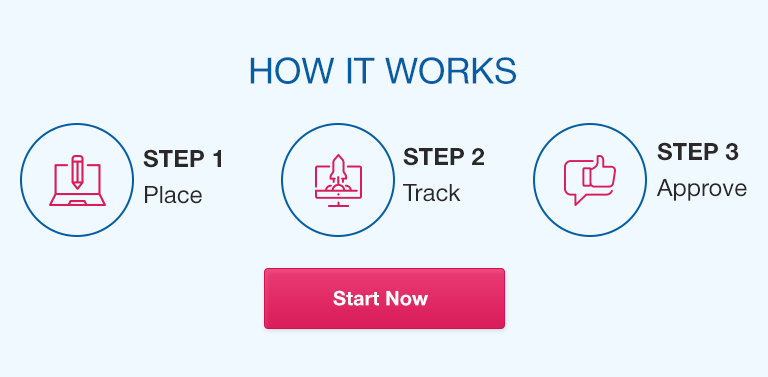I’m working on a health & medical question and need the explanation and answer to help me learn.
Part A
What essential elements should be included in a health teaching plan addressing physical, emotional, social, and spiritual challenges in adolescents?
Part B
Discuss factors that contribute to risk-taking behaviors and situations during adolescence. What impact might stress play on this age group? Do you see any connection between stress and common adolescent risk factors? Consider the findings fromthe 2020 APA report Stress in America on millennials (pages 3-6 of the report)
How to solve
Essential Elements and Risk taking behaviors
Nursing Assignment Help
Introduction:
In designing a health teaching plan for addressing physical, emotional, social, and spiritual challenges in adolescents, it is essential to consider the holistic well-being of these individuals. Adolescence is a critical developmental period characterized by significant changes and challenges. Hence, a comprehensive approach is needed to address the various dimensions of health and support their overall growth.
Part A:
When creating a health teaching plan for adolescents, the following essential elements should be included:
1. Physical Health Education: This component focuses on promoting healthy lifestyle habits, including nutrition, physical activity, sleep hygiene, and sexual health education. Providing accurate information on these topics ensures that adolescents understand the importance of taking care of their physical well-being.
2. Emotional Well-being and Mental Health Education: Adolescence often brings about emotional challenges due to hormonal changes, school pressure, relationships, and identity formation. The health teaching plan should address mental health issues, stress management techniques, emotional regulation strategies, and awareness about common mental health disorders.
3. Social Skills and Relationships: Adolescents are developing their social identities and navigating relationships with peers, family, and romantic partners. The health teaching plan should incorporate information on healthy communication skills, conflict resolution, building positive relationships, recognizing healthy boundaries, and fostering empathy.
4. Spiritual and Existential Exploration: Many individuals in adolescence begin to question their beliefs, values, and purpose. The teaching plan should create a space for exploring spirituality, meaning-making, and personal values. It can include discussions on mindfulness, meditation, self-reflection, and understanding diverse belief systems.
Part B:
Several factors contribute to risk-taking behaviors and situations during adolescence. These factors may include:
1. Peer Influence: Adolescents often seek acceptance and validation from their peers, leading them to engage in risky behaviors to fit in or be perceived as cool or rebellious.
2. Brain Development: The prefrontal cortex, responsible for decision-making and risk assessment, is still developing during adolescence. This makes adolescents more prone to impulsive and sensation-seeking behaviors.
3. Sensation-seeking: The desire for new and stimulating experiences is particularly high during adolescence. This leads some individuals to engage in risk-taking behaviors such as experimenting with drugs, alcohol, or engaging in unsafe sexual practices.
4. Desire for Independence and Autonomy: Adolescents strive to establish their independence, which can lead to risk-taking behaviors as a means of asserting control over their own lives.
Stress can have a significant impact on adolescents and their propensity for risk-taking behaviors. The 2020 APA report on stress in America highlights the link between stress and risk factors in millennials. Stress can impair decision-making processes, increase impulsivity, and affect emotional regulation, making individuals more susceptible to engaging in risky behaviors. Moreover, stress can exacerbate peer pressure and influence an individual’s susceptibility to risky behaviors as a coping mechanism.
In conclusion, stress plays a crucial role in the risk-taking behaviors observed in adolescents. Understanding and addressing the impact of stress on this age group can be an integral part of a holistic health teaching plan for adolescents. By equipping them with effective stress management techniques and resilience-building strategies, we can empower adolescents to make healthier choices and navigate the challenges they face during this critical period of their lives.


